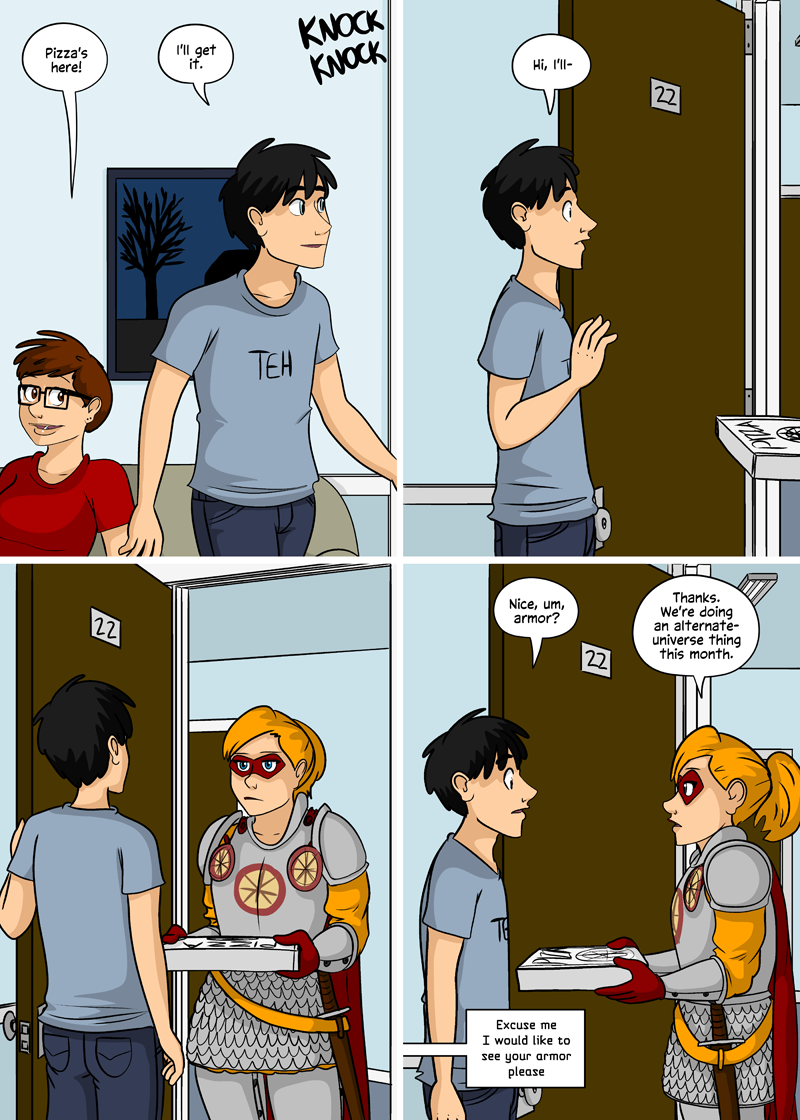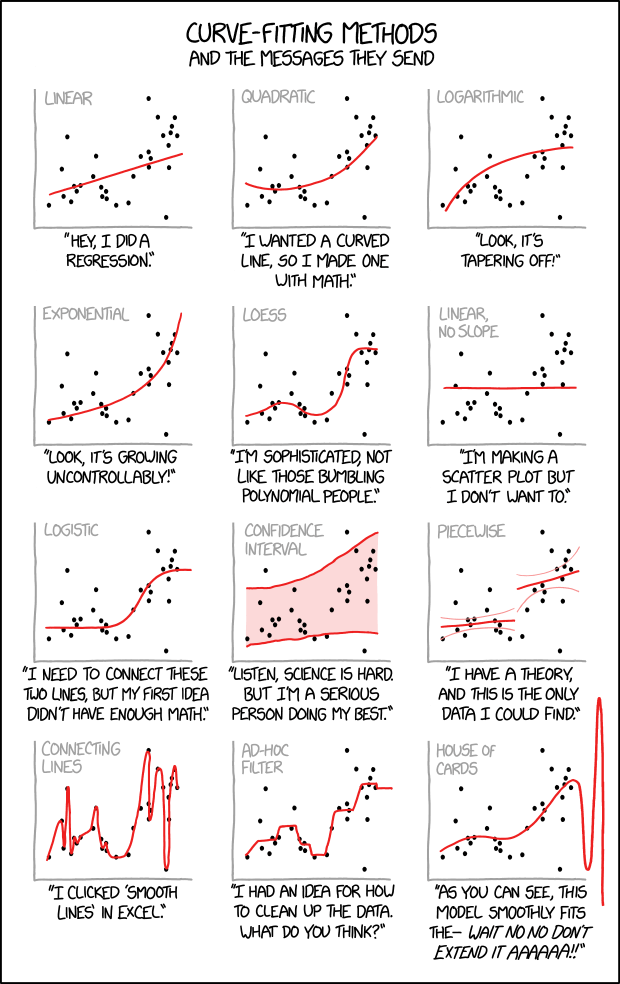Multilayers based on quantum materials (complex oxides, topological insulators, transition-metal dichalcogenides, etc) have enabled the design of devices that could revolutionize microelectronics and optoelectronics. However, heterostructures incorporating quantum materials from different families remain scarce, while they would immensely broaden the range of possible applications. Here we demonstrate the large-scale integration of compounds from two highly-multifunctional families: perovskite oxides and transition-metal dichalcogenides (TMDs). We couple BiFeO$_3$, a room-temperature multiferroic oxide, and WSe$_2$, a semiconducting two-dimensional material with potential for photovoltaics and photonics. WSe$_2$ is grown by molecular beam epitaxy and transferred on a centimeter-scale onto BiFeO$_3$ films. Using angle-resolved photoemission spectroscopy, we visualize the electronic structure of 1 to 3 monolayers of WSe$_2$ and evidence a giant energy shift as large as 0.75 eV induced by the ferroelectric polarization direction in the underlying BiFeO$_3$. Such a strong shift opens new perspectives in the efficient manipulation of TMDs properties by proximity effects.
Shared posts
Visualizing giant ferroelectric gating effects in large-scale WSe$_2$/BiFeO$_3$ heterostructures. (arXiv:2210.14786v1 [cond-mat.mtrl-sci])
The Quantum Twisting Microscope. (arXiv:2208.05492v1 [cond-mat.mes-hall])
The invention of scanning probe microscopy has revolutionized the way electronic phenomena are visualized. While present-day probes can access a variety of electronic properties at a single location in space, a scanning microscope that can directly probe the quantum mechanical existence of an electron at multiple locations would provide direct access to key quantum properties of electronic systems, so far unreachable. Here, we demonstrate a conceptually new type of scanning probe microscope - the Quantum Twisting Microscope (QTM) - capable of performing local interference experiments at its tip. The QTM is based on a unique van-der-Waals tip, allowing the creation of pristine 2D junctions, which provide a multitude of coherently-interfering paths for an electron to tunnel into a sample. With the addition of a continuously scanned twist angle between the tip and sample, this microscope probes electrons in momentum space similar to the way a scanning tunneling microscope probes electrons in real space. Through a series of experiments, we demonstrate room temperature quantum coherence at the tip, study the twist angle evolution of twisted bilayer graphene, directly image the energy bands of monolayer and twisted bilayer graphene, and finally, apply large local pressures while visualizing the evolution of the flat energy bands of the latter. The QTM opens the way for novel classes of experiments on quantum materials.
Ultrasensitive Sub-monolayer Palladium Induced Chirality Switching and Topological Evolution of Skyrmions. (arXiv:2206.12069v2 [cond-mat.mtrl-sci] UPDATED)
Chiral spin textures are fundamentally interesting, with promise for device applications. Stabilizing chirality is conventionally achieved by introducing Dzyaloshinskii-Moriya interaction (DMI) in asymmetric multilayers where the thickness of each layer is at least a few monolayers. Here we report an ultrasensitive chirality switching in (Ni/Co)n multilayer induced by capping with only 0.22 monolayer of Pd. Using spin-polarized low-energy electron microscopy, we monitor the gradual evolution of domain walls from left-handed to right-handed Neel walls and quantify the DMI induced by the Pd capping layer. We also observe the chiral evolution of a skyrmion during the DMI switching, where no significant topological protection is found as the skyrmion winding number varies. This corresponds to a minimum energy cost of < 1 attojoule during the skyrmion chirality switching. Our results demonstrate the detailed chirality evolution within skyrmions during the DMI sign switching, which is relevant to practical applications of skyrmionic devices.
Pizza Nobility

Pizza Girl, still doin her pizza thing
Frustrated spin-1/2 ladder with ferro- and antiferromagnetic legs. (arXiv:1707.07826v1 [cond-mat.str-el])
Two-leg spin-1/2 ladder systems consisting of a ferromagnetic leg and an antiferromagnetic leg are considered where the spins on the legs interact through antiferromagnetic rung couplings $J_1$. These ladders can have two geometrical arrangements either zigzag or normal ladder and these systems are frustrated irrespective of their geometry. This frustration gives rise to incommensurate spin density wave, dimer and spin fluid phases in the ground state. The magnetization in the systems decreases linearly with $J^2_1$, and the systems show an incommensurate phase for $0.0<J_1<1.0$. The spin-spin correlation functions in the incommensurate phase follow power law decay which is very similar to Heisenberg antiferromagnetic chain in external magnetic field. In large $J_1$ limit, the normal ladder behaves like a collection of singlet dimers, whereas the zigzag ladder behaves as a one dimensional spin-1/2 antiferromagnetic chain.
Magnetic excitations in a three-orbital model for the strongly spin-orbit coupled iridates: Effect of mixing between the J=1/2 and 3/2 sectors. (arXiv:1612.08360v1 [cond-mat.str-el])
A three-orbital-model approach for studying spin wave excitations in the strongly spin-orbit coupled layered perovskite iridates is presented which provides a unified description of magnetic excitations as well as the electronic band structure. The calculated spin wave dispersions with realistic three-band parameters are in excellent agreement with the RIXS data for iridates, including the strong AF zone boundary dispersion in the single-layer compound $\rm Sr_2 Ir O_4$ and the large anisotropy gap in the bilayer compound $\rm Sr_3 Ir_2 O_7$. The RIXS spin wave data is shown to provide evidence of mixing between the J=1/2 and 3/2 sectors in both compounds.
